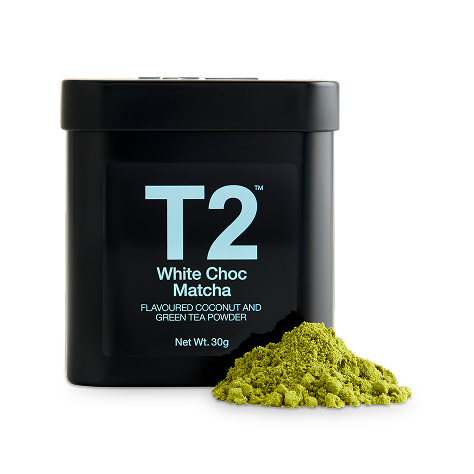Matcha has been used as part of the Japanese tea ceremony since the 12th century. Fast forward to the current day and it has found its way into morning and afternoon rituals across the world.
The Japanese Tea Ceremony
Traditional Japanese tea ceremonies are known as ‘chanoyu,’ a literal translation of ‘water for tea.’ The ceremony is more than just drinking tea, it’s an experience. Each ceremony can take years to perfect and often lasts for several hours. Influenced by samurai culture and Zen Buddhism, both of which emphasised discipline and simplicity, participants of the chanoyu are encouraged to relax and meditate on their surroundings, along with the craftsmanship of the utensils and ceremonial grade matcha.
Ceremonial grade matcha
To qualify as a ceremonial grade, the process needs to meet the highest standards. The tea leaves need to have been shaded for at least 15 days, ground at the lowest temperatures and into the smallest microparticles to produce the smoothest and most delicate brew.
At T2, our matcha is not only certified organic, but also ceremonial grade. It is from the Shizuoka prefecture on Japan’s Pacific Ocean coast and is grown in covered, shaded conditions for the last three weeks of growth before picking. After picking and drying, it is milled into a fine powder, the grinding takes roughly 24 hours to mill 10kgs of matcha. The result is a uniquely creamy, full-bodied and beautiful cup of green tea bursting with benefits.
- T2 100% Certified Organic Matcha
- 80°C (176°F) water
- Matcha bowl or cup
- Matcha whisk
Method
-
1
Heat the matcha bowl (chawan) with hot water, swirl around three times, then discard water.
-
2
Place one bamboo scoop (chashaku) of matcha into bowl.
Matcha clumps easily, so try sifting the matcha through a small sieve first. This will help make a smooth, clump-free matcha.
-
3
Add 150ml of 80°C/176°F water.
Using 80°C will make matcha with a fresh and light taste, using boiling water (100°C) may burn the delicate powder levaing you with a bitter taste. To get 80°C water, simply combine boiling water with a splash of cold before pouring into your bowl.
-
4
Using the matcha whisk (chasen), whisk in a M shape until a layer of light green froth emerges on top.
The M whisking technique oxygenizes the mixture, releasing delightful aromas into the foamy surface. It also ensures the powder is fully dissolved.
-
5
Drink straight from the bowl, admire the colour, the aroma, the tranquillity.
Prepping & cleaning your matcha whisk
Before the first time you use a new matcha bamboo whisk, soak the 'bloom' of the whisk in hot water for a couple of minutes. The hot water will cause the curled ends of the tines to straighten. This softens the tines, so they become more flexible and less likely to break.
After making matcha, cleaning your matcha whisk is easy but important to keep it in its best condition. Simply immerse it in clean water (no soap needed) for a few seconds and rinse. Avoid soap or dishwashers. The whisk is made completely from bamboo so wash it with care.
After cleaning, let your bamboo whisk dry completely. Simply leave it upside down to dry on its handle or place it on a bamboo whisk holder (this will also help to maintain its original shape). Help dry the bamboo whisk faster in cooler months by gently patting it with a clean cloth.






















